CES: The good, the bad and the what..?
Every year a slice of Las Vegas turns into a geek central — a gadget infused and consumer electronic frenzy. It is the biggest trade show of its kind and the place for all big, and small, consumer brands to show their latest innovations and developments.
Spread out over three days, CES attracts over 175,000 visitors from all over the world. Attending CES is still on my to-do list, so this year in a bid to stay right in the action I turned to extensive blog trolling and reading. Here my findings of CES 2017.
Alexa who? Alexa.
It might have gone unnoticed on our side of the world, but Alexa created by Amazon is big, undeniably big. Amazon introduced their virtual assistant last year at CES and since have sold millions of Echo speakers allowing you to interact with Alexa.
Amazon is focussed on the automation of the home environment and (delivery) services that can come through your Amazon account. They have also made the smart move to license Alexa software to 3rd party products, resulting in a full CES take-over of products promising to work with Alexa. Alexa is everywhere.
Alexa is currently better positioned than the likes of Siri and OK Google (or now called Google assistant). Echo was the best-selling product on amazon this year and it makes it an easy bandwagon to jump onto. Whether they will be the leading company is yet to be seen, as Google just launched their new service Google home.
In the meantime expect Alexa everywhere. In useful or gimmicky in fridges, lights wall plugs and cars. A true world of Internet of Things (IoT).
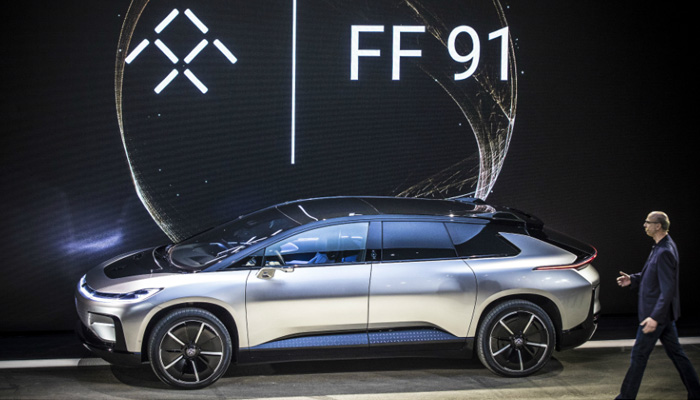
Electric cars everywhere
Every big car company is trying to catch up with Tesla and CES was another platform to show the world their progress. This might just be the year we pay attention to the newcomers.
The first stand out is Faraday Future, being one of the most covered launches from CES this year. Their new model, “creatively” named FF91, is a car without keys, mirrors, door handles or need for a driver; aiming at the expected full self-driving future. But one of the most remarkable features is its Variable Platform Architecture consisting of a modular wheelbase, modular battery infrastructure, and modular motor configurations.
It will allow Faraday to build new vehicles on the same platform architecture, dramatically reducing time to market for future vehicles. Oh and it claims to be faster than Tesla’s model 3, has no pricetag yet, and may come out in 2018. For a deposit of $5000 US you can take a gamble and pre-order.
They are not the only ones breaking headlines. Lucid Motors, formerly known as Atieva, announced their first car earlier last year, off the back of developing batteries for electric vehicles. They were closely followed by Chinese manufacturer NextEv launching their EP9, the world’s fastest electric supercar, under a new brand called NIO.
The electric car industry is tough on start-ups. The relatively young industry proves to be a volatile competitive landscape, with key people leaving and switching camps on a regular base before the cars ever hit “the shops” to be truly tested in the market. Come 2018 these new bees might not even have survived, but for now it at least provides some serious eye candy.
In case you are more interested in motorcycles, Honda revealed its Self-Balancing Bike. Something BMW also thought of, but Honda decided to stick to reality rather than a concept model.
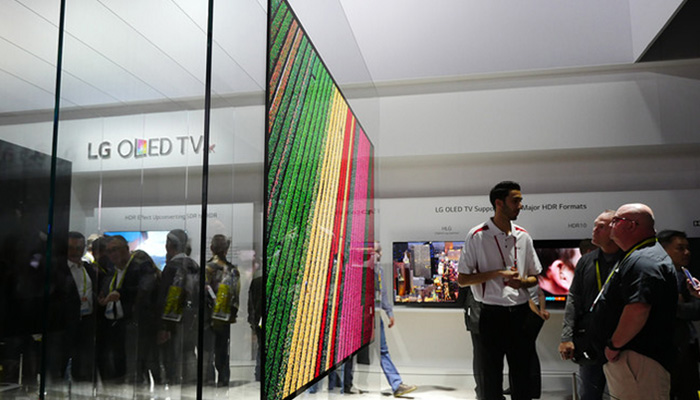
Watch this.
CES wouldn’t be CES without an idiotic amount of new tv and monitor releases. As expected the move towards 4K OLED screens continued and progressed into; 8K screens, Quantum dot display like the Samsung QLED. Sony introduced their new module based CLEDIS technology, though they might want to work on that name too, allowing for huge screens with a near 180 degrees viewing angle.
According to many bloggers, the show winner was LG’s W7 tv — W standing for wallpaper. The screen is incredibly thin, measuring just 2.57mm. All connections are hidden in the speaker base, which includes upright facing speakers that bounce sound off the ceiling. This is an interesting product for sure.
And if sound innovation is what you are after, it’s worth looking into the Sony A1E synesthesia, which uses the TV screen itself to emit sound. Crazy, I know.
Yes, maybe, no.
There is so much to talk about but I resorted to a shortlist of notable, likeable and cringe worthy products.
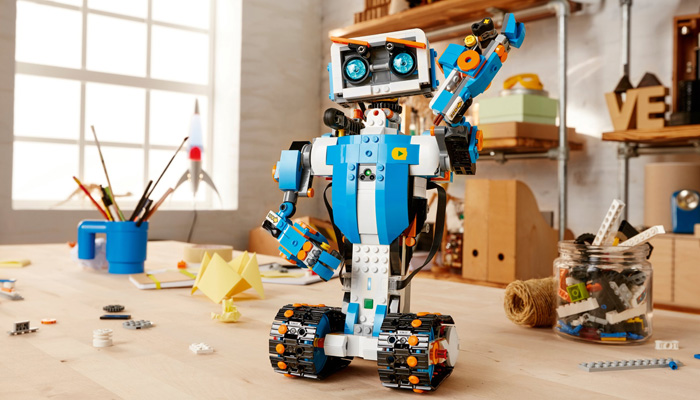
Smiles all round.
Robots were thoroughly represented at CES in any kind of shape and form. Unfortunately most of the robots where focussed on home environment use and simply do not transcend a gimmicky, fun nature. The one robot that did make me smile was Bernie, created with Lego’s latest toy kit Lego Boost aiming to get kids into basic programming and bring life to their creations.
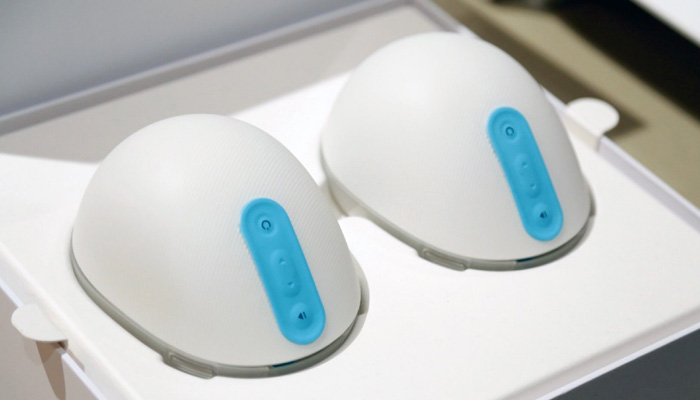
Not sure about this
Personally, I have a great interest in any development in the medical and care area, so it’s not surprising that Willow initially caught my attention. However on second take it started to make me a bit angry.
The base line thinking is great; can we make a device that listens to the natural cycle of breastmilk production and work with the body. But the reality and execution simply does not convince me. A near silent, massive bra that makes you look like and feel like a walking milk factory. The user research seems somewhat limited and the we question the size and the true benefits of the product. Maybe it got all attention because it looks like two well-designed boobs? Time will tell, I’m sure.
Cringe
Surprisingly the VR wave hasn’t really taken off yet, with companies struggling to find the right applications and embodiments. Seeing products like the Hypersuit does not encourage me to further explore the world of VR — seriously, where will this be used. In my lounge beside my spider fern?
Want to read more on creativity, design, product development and innovation? Go to our Six Lenses Blog.
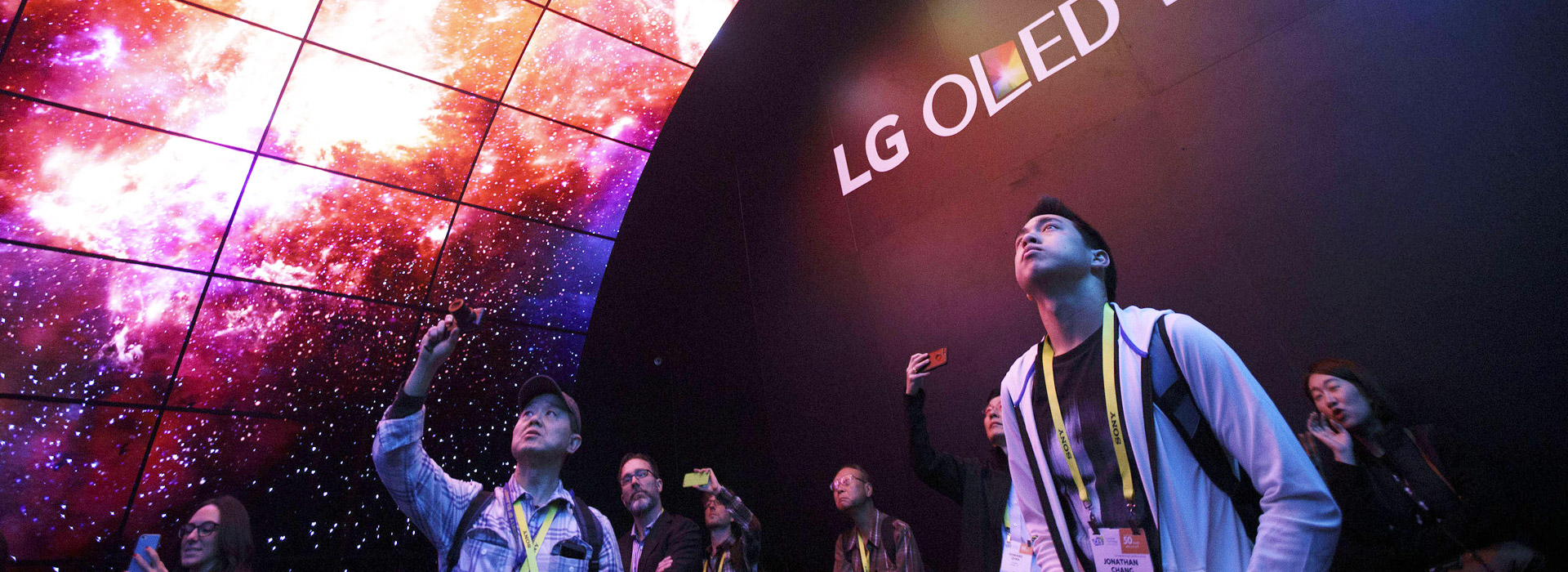

Comments